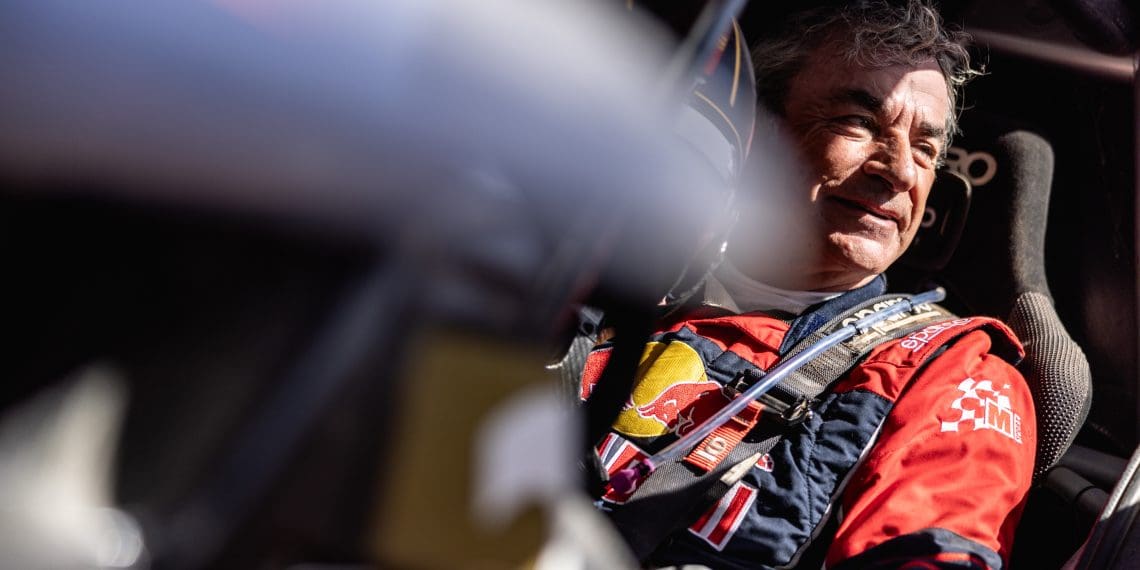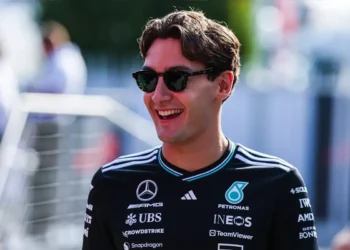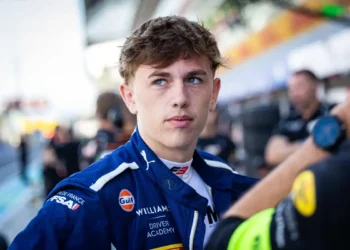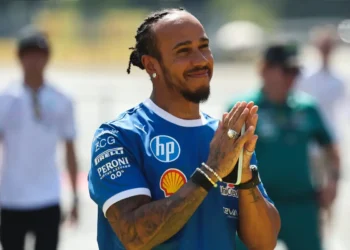Carlos Sainz Sr Contemplates Challenging FIA Presidency in an Uphill Battle
Amid mounting speculation surrounding potential opposition to Mohammed Ben Sulayem in the upcoming FIA presidential election, the news of Carlos Sainz Sr mulling over a candidacy has set the motorsport world abuzz. The two-time world rally champion is deliberating whether to enter the fray against Ben Sulayem in December’s election, as initially reported by Autosport.
Sainz acknowledges the need to garner substantial support for a successful campaign, stating, “I’ve been thinking about it, and quite a few people have encouraged me.” The decision hinges on assessing backing from motorsport clubs, the broader motorsport community, and mobility sectors. However, the path to a potential bid is riddled with challenges, primarily due to the FIA’s election dynamics favoring the incumbent.
Under the FIA’s regulations, potential presidential candidates must assemble a comprehensive team, known as “the list,” comprising the candidate and ten FIA members exclusively supporting the bid. Moreover, stringent rules dictate that candidates may only endorse one list, necessitating unequivocal support. Changes to election rules over the years have further complicated matters for potential challengers, making it arduous to navigate the election process successfully.
Should Sainz decide to pursue the presidency, securing support from 245 member organizations across 149 countries becomes paramount. The voting system, dividing votes based on each country’s associations and federations, underscores the intricate nature of the electoral process. Winning over mobility clubs, distinct from motorsport federations, poses an additional hurdle for Sainz, requiring a delicate balance of interests.
While Sainz’s stature in motor racing is undeniable, the road to the FIA presidency demands broader appeal, particularly to mobility clubs focused on national interests. Potential conflicts of interest, such as Sainz’s relationship with his son, a current F1 driver, might also come under scrutiny. Despite the complexities involved, Sainz remains contemplative, with a final decision on candidacy not mandated until closer to the election date.
As Sainz gauges the viability of his bid, the motorsport community awaits a decisive move that could reshape the FIA’s leadership landscape. With other potential candidates rumored to be assessing their chances, the prospect of a competitive election looms large. Sainz’s deliberations underscore the intricate dance of power dynamics and strategic alliances shaping the upcoming FIA presidential race.













